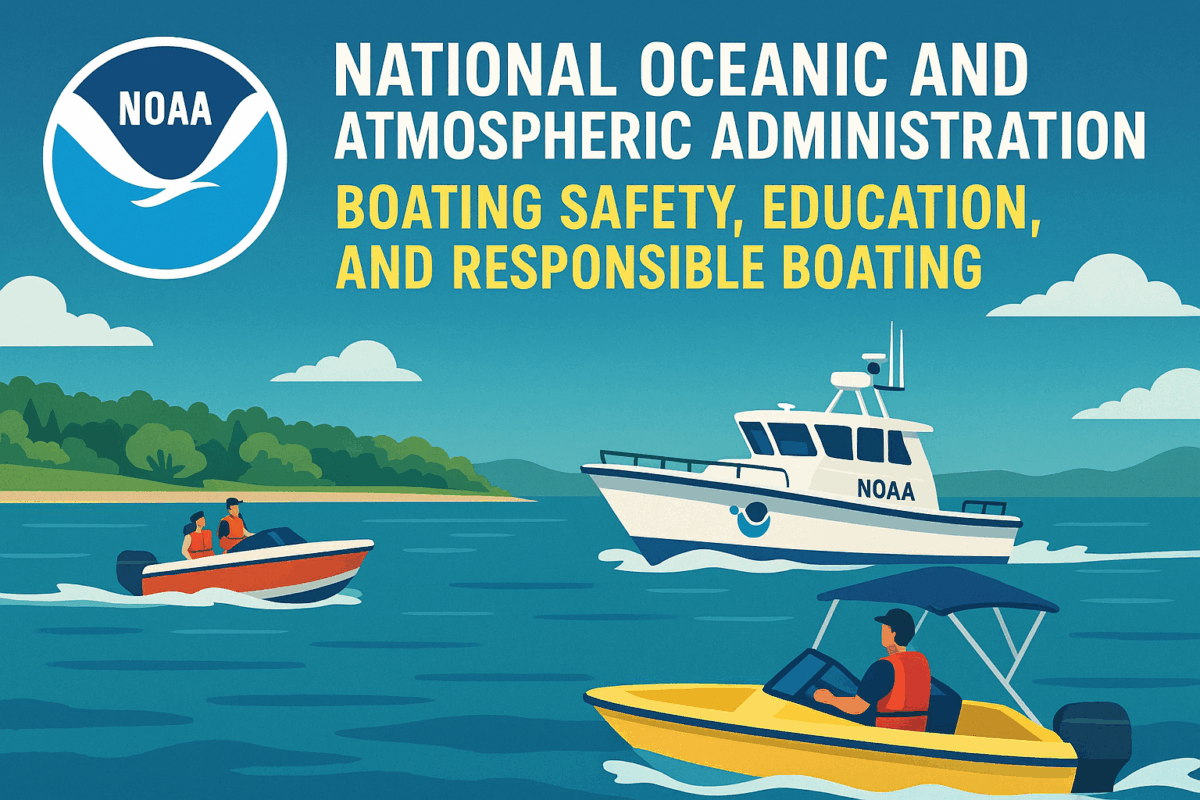Call: 1-800-832-7191

NOAA Coast Pilot Books
NOAA Coast Pilot Books Guide Mariners with Precision and Confidence
The NOAA Coast Pilot Books provide detailed navigation information for U.S. coastal and intracoastal waters. These publications complement nautical charts by offering critical data on tides, currents, hazards, and regulations. Because conditions vary by region, each volume covers a specific geographic area. Mariners rely on these books to plan safe routes and avoid unexpected challenges. By using Coast Pilot resources, boaters enhance safety and improve decision-making on the water.
Navigate Smarter with Region-Specific Details
Each volume contains region-specific information that helps mariners navigate unfamiliar waters with confidence. Topics include anchorage locations, bridge clearances, and restricted zones. Because local conditions change frequently, NOAA updates these books regularly. Mariners can access digital versions for real-time updates and convenience. For additional boating safety tips and resources, visit Connecticut Boating Certificates – The Helm. Staying informed reduces risk and improves overall boating experiences.
NOAA Coast Pilot Books Support Recreational and Commercial Mariners
The NOAA Coast Pilot Books serve both recreational boaters and commercial operators. Tugboats, ferries, and cargo vessels use them to comply with navigation rules and avoid delays. Recreational boaters benefit from learning about local hazards and recommended routes. Because the books include legal and environmental guidelines, they help users stay compliant and eco-conscious. Mariners who use these resources demonstrate responsibility and preparedness on every voyage.
Access Reliable Information Anytime, Anywhere
Digital access makes NOAA’s Coast Pilot Books available to anyone with an internet connection. Mariners can download volumes or view them online before departure. Because updates are frequent, checking the latest version is essential. The books are free and easy to use, making them a valuable tool for all boaters. By combining charts with Coast Pilot data, mariners gain a complete picture of their route and surroundings.
